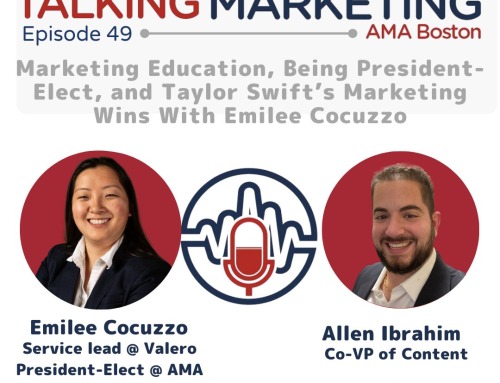19.7 million students were enrolled at US colleges in the fall of 2020, according to the National Center for Education Statistics (NCES). However, despite so many attending university, college enrollment has fallen sharply due to the pandemic. Whether you’re marketing individual courses or a college as a whole, here are just a few valuable considerations when it comes to successfully marketing higher education.
The value in providing informational content
When looking to market higher education successfully, providing informational content is key in garnering attention from your target audience. However, in addition to marketing content that’s informational regarding courses and higher education endeavors, adding value in terms of the many aspects surrounding higher education can bring even more to the table. Creating content that addresses key points like mental health and the importance of taking care of your body and mind, for example, will achieve just that. Because students tend to experience high levels of stress due to choosing the right school, entrance exams, and the application process, providing content that addresses how to proactively manage stress is an ideal place to start.
By pointing out factual information — such as research from the University of Michigan, which found that group nature walks can both minimize depression and lessen perceived stress — you can help prospective students take action in a positive and encouraging way. Whether your target audience is potential post-grad or undergrad students, stressing valuable ways to reduce stress and manage anxiety (like the importance of having a strong support network) can be useful to everyone regardless as to where they are in the application process. From a marketing standpoint, providing informational and helpful content is a great way to hook readers or viewers, and will aid greatly in leading them to your other content on higher education. In turn, this can lead to a larger following on social media and while contributing to building a positive brand, which will ultimately set you apart from competitors.
Boosting social media presence
While many marketers may already be using social media to market higher education, branching out to different channels can aid in boosting any social media presence. Because 70% of prospective students used social media to research higher education institutes, building and maintaining a presence online is essential from a marketing perspective, though many may not use more than one or two social networks. By ensuring that you’re utilizing as many channels as possible, you can effectively broaden your audience. For example, by utilizing social media platforms that are popular with older generations (such as Facebook), you can accommodate those who are considering continuing their education as an adult in addition to younger generations.
How video content can help
When it comes to marketing higher education successfully, holding in-person events (like attending college fairs) can be a major tool in creating a connection with and leaving an impression on a potential student. In fact, 84% of leadership believe that in-person events are a key component to their company’s success — though attending these events aren’t always possible. This is especially true when a prospective student has a list of institutions in mind, lives far away, or is otherwise unable to attend such an event.
Because of this reality, creating video content can be a major way to gain productive interaction, with presenting positive reviews being a great way to draw potential students in and gain more followers. For reference, marketers who use video grow revenue an impressive 49% faster than those who don’t, highlighting just how effective it can be. And, with popular outlets like YouTube and TikTok allowing for long or short form video, the ability to integrate the method into your marketing strategy in a versatile way presents a simple way to gain traction among students.
Marketing higher education can seem daunting, especially due to a recent decline in enrollment. However, by utilizing video content, expanding your presence on social media, and providing useful content, you’re sure to cultivate success.






